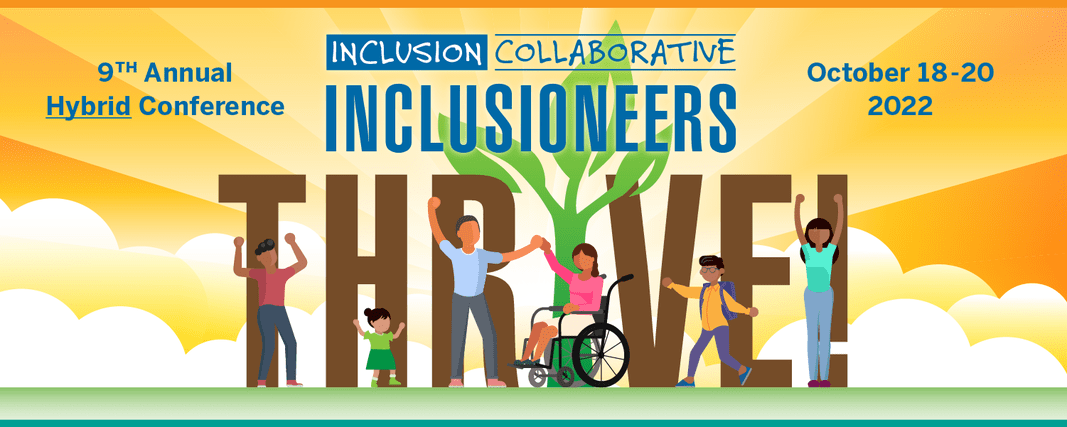Help your students access financial aid
California is ‘all in’ for FAFSA/CA Dream Act application
October 3, 2022
The following article was submitted by the California Student Aid Commission.
In the 2021-22 State Budget, Gov. Gavin Newsom and the Legislature included a new state policy that Local Education Agencies, including charter schools, must confirm that their graduating high school seniors complete an application for financial aid (or an opt-out waiver) starting in the 2022-23 academic year. Now, as California begins to implement this new approach, there is an immense opportunity for our state to expand access to financial aid to thousands of students to empower them in making decisions about their lives after they graduate and whether to pursue college or career training.
As this year’s financial aid cycle just began on Oct. 2, California’s education community has the opportunity to work together to take advantage of this key initiative to dramatically increase the number of high school seniors who apply for financial aid. At the Student Aid Commission, we refer to this as the “All In for FAFSA/CA Dream Act.” Over the course of the pandemic, fewer and fewer students filled out the Free Application for Federal Student Aid (FAFSA) and the California Dream Act Application (CADAA). In the 2021-22 financial aid cycle, only 53 percent of California’s graduating high school seniors completed one of these applications.
Additionally, in January 2022, the National College Attainment Network reported that $3.75 billion in Pell Grants went unused for the high school class of 2021 due simply to students not applying for aid. California left the largest pot of money on the table at over $561 million. Without adequate financial aid resources, students may look to loans and credit cards or may not even consider pursuing higher education or career training altogether. That is why it is imperative for California’s educators to work together. With the support of school district leadership pushing for the All In for FAFSA/CA Dream Act initiative, we can help thousands more students tap into financial aid resources that are already available.
“No student should be denied the opportunity to pursue a college education or career training because they thought they could not afford it and did not know about financial aid,” said Marlene Garcia, executive director of the California Student Aid Commission. “We can increase college access by making it easy for students to apply for financial aid, and in doing so, we can make postsecondary education and career training a reality for thousands more students.”
“This is an unprecedented opportunity for California,” said Catalina Cifuentes, chair of the California Student Aid Commission and executive director of College & Career Readiness at the Riverside County Office of Education. “I work with hundreds of kids every day, and many do not know of the financial aid resources that are available to them. This is especially true for first-generation and low-income students who are not always aware of the opportunities out there.”
Local Education Agencies can now empower students by educating them on available financial aid resources. Prior to implementing a similar financial aid completion policy, Louisiana ranked below the national average for FAFSA completion. Now, Louisiana ranks first nationally in FAFSA completion, according to the NCAN FAFSA Tracker. The completion of a financial aid application is imperative to the success of our students because of how significantly it can impact college enrollment: 92 percent of high school seniors who completed the FAFSA enrolled in a college or university, while only 51 percent of their peers that did not complete a FAFSA ultimately enrolled.
The Student Aid Commission is prepared to work hand in hand with LEAs to provide resources to students and families, educators and administrators, and partner with local districts; the commission, as well as its network of local partners through Cash for College Regional Coordinating Organizations and the California Student Opportunity and Access Program, are resources available to help students complete a financial aid application or equip K-12 partners with the knowledge to undertake their own efforts.
College degrees and career technical training serve as gateways to upward mobility for thousands of students and families every year. By investing in efforts to increase financial aid application completions, we are investing in our students’ futures and in the future of California. Together, we can make sure more students step into this opportunity as we help them prepare to navigate their next steps after high school graduation.
To learn more about the All in for FAFSA/CA Dream Act Application initiative, visit www.csac.ca.gov/all-in and read a fact sheet on ACSA's Resource Hub at content.acsa.org/fact-sheet-fafsa-and-california-dream-act-application.
Contact Us
www.acsa.org
© 2022 Association of California School Administrators










